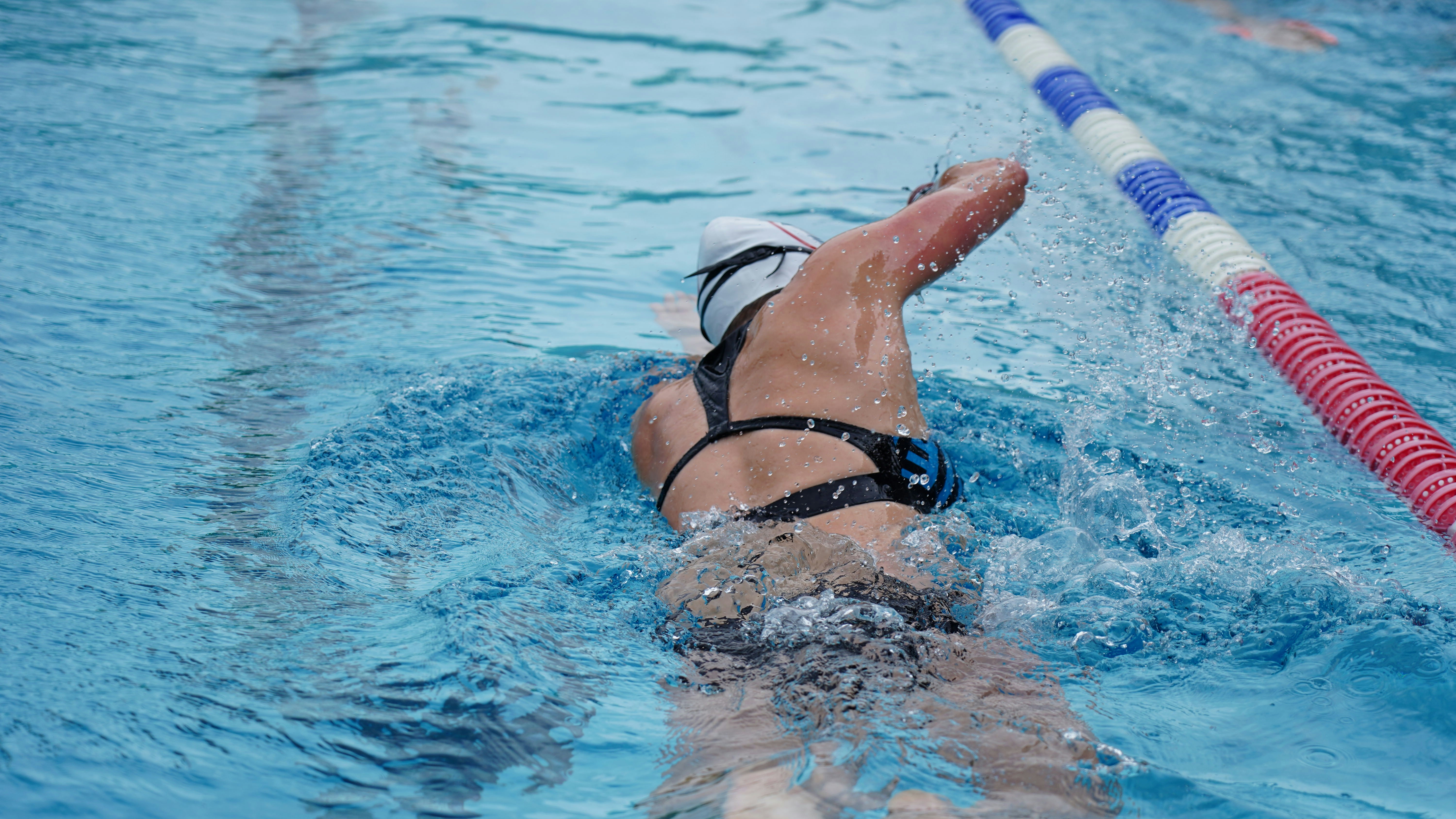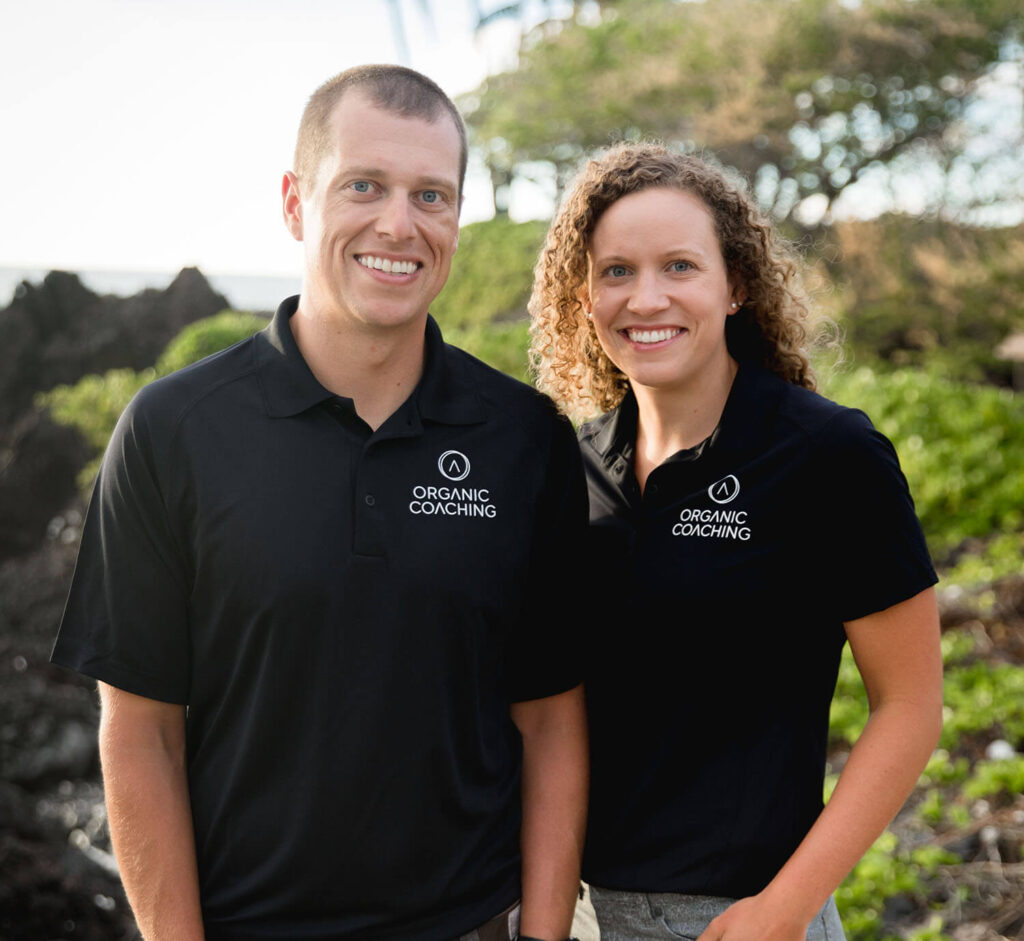

Race taper is an essential part of every athlete’s overall training plan. It is critical to proper periodization. We spend so many hours training throughout the year. Our bodies need a dedicated recovery period before a race so that we can put into practice all the training we’ve done. This dedicated time is called the taper. The dictionary definition of the word taper is to “diminish gradually” or “a gradual decrease”. For us athletes, it means a planned, progressive reduction in overall training load. This mainly applies to A races. For B and C races, the coach may treat the race as any other training day and not use a taper before it.
The main reason we taper is to be able to show up on race day feeling refreshed and ready to have a peak performance. While training the 3 disciplines, we are adding a lot of stress to the body and creating microtears in our muscles. During a taper, our body will repair any muscle damage and reduce inflammation in the body. By the time we peak in training, we feel a lot of fatigue in the form of general heaviness and soreness. With the reduced training load, the body can shed that fatigue as well.
A race taper can be anywhere from 1 to 4 weeks depending on your training volume, duration of your race, and your experience level. Generally, the longer the race, the more hours are put in. The longer the training hours, the longer the taper needs to be. Newer athletes may need longer recovery, whereas experienced athletes may have a shorter taper. At Organic Coaching, we use the following guidelines.
Full IRONMAN→ 2- 3 weeks taper
Half IRONMAN→10-14 days taper
Olympic distance triathlon→ 1 week
Sprint→ A few days to no taper
As coaches, we try to balance fitness and fatigue to ensure the athlete is on form for their race. The most common strategy is exponentially reducing volume, but some maintain intensity. The first week of the taper will be a 40-60% reduction from the biggest week of volume and another 20% in the following weeks. Most of the volume falls off of the long ride and long runs. Coaches will continue to have athletes practice race pace in much shorter intervals. The longer you work with your coach, the more personalized your taper will be. Together, you will find what works best for you.
Psychologically, tapering can be a difficult time. Niggles may appear and you may feel anxiety about losing fitness. I assure you that losing a little bit of fitness to allow your body to recover will be more beneficial to that body than continuing to train and not allowing for rest. Taper time is not when an athlete should be trying to hit PRs or cramming in extra last-minute training. It is best to shift that extra mental energy into focusing on sleep, nutrition, mobility, and race preparation.
Get ready to embrace taper time! Happy racing!
READ MORE: RACE WEEK ANXIETY


Carly and Tyler Guggemos built Organic Coaching in 2014 with a simple philosophy that works. The idea is to take what you have and grow it to get faster, fitter and stronger. And to do it with the time you have – not the time you wish you had.

For athletes who are ready to take their training to the next level while still thriving and succeeding in their professional and family life.
Copyright © 2024 Organic Coaching LLC